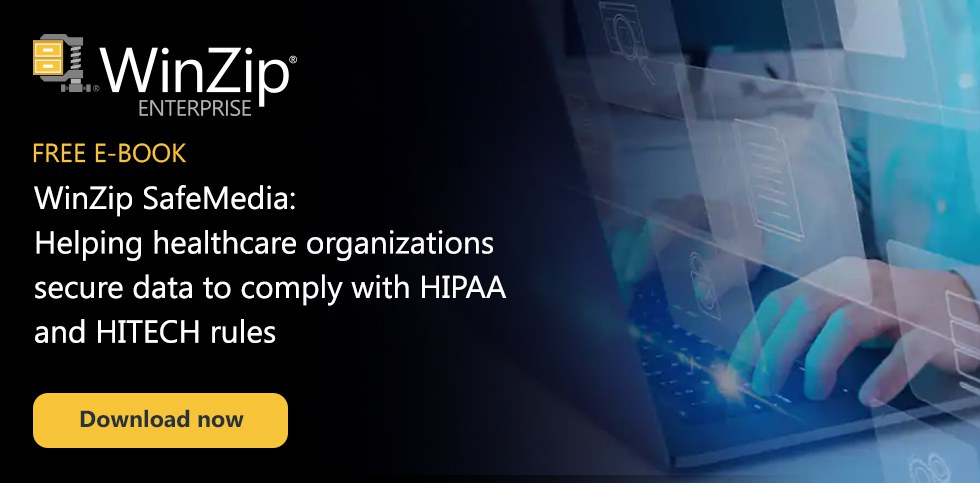Data Loss Prevention (DLP) is an important security measure that enables organizations to protect their sensitive and confidential data from unauthorized access, use, or disclosure.
DLP involves a variety of technologies and processes that work together to:
- Identify and protect valuable data.
- Monitor user activities.
- Enforcing policies to make sure the data remains secure.
- Ensure compliance with laws, regulations, or internal policies.
With malicious cyberattacks becoming more common and sophisticated, businesses need a solid strategy to prevent potential threats. Unfortunately, data breaches, cybercrime, and data loss are up 600% since the start of the COVID-19 pandemic in 2020.
Luckily, there are things that you can do at your organization to keep your information safe. Using DLP systems, organizations can reduce the risk of data breaches, which can have significant financial and operational implications.

What are some of the primary causes of data loss?
There isn’t one reason why organizations experience data loss. However, there are some common culprits. Some of these include:
- User error or negligence. Mistakes or lack of experience with devices can lead to user errors which could result in data loss. Examples include accidental deletion of files, misplaced documents, or lost passwords.
- Hard drive failure. Most hard drives eventually fail and can lead to total data loss if the situation is not resolved quickly.
- System crashes. Software corruption, viruses, and incompatible upgrades can all cause system crashes that may lead to data loss.
- Data theft or unauthorized access. Malicious actors may try to access sensitive information by stealing physical storage devices such as external hard drives or laptops. Theft can occur when the data on the device is not adequately secured.
- Software glitches. Unforeseen software glitches that occur when systems are upgraded, patched, or changed without being properly tested may lead to system errors, resulting in data loss.
What are some key data loss prevention best practices?
Following data security best practices helps to ensure that sensitive information (such as PHI and PII) remains secure and prevents unauthorized access.
Credit card numbers, personal information, medical records, and intellectual property are just some of the types of data that are considered Protected Health Information (PHI) and Personally Identifiable Information (PII). PHI is defined as any information in a medical or designated record that can be used to identify an individual. PII is defined as information that can be used to distinguish or trace an individual’s identity.
Therefore, it’s crucial to implement security measures and data loss prevention best practices to prevent malicious attackers from accessing sensitive data without permission.
Some common and vital data security best practices include:
- Developing secure networks.
- Embracing encryption technology.
- Regularly backing up data.
- Creating detailed user access policies.
- Educating employees on cyber security best practices.
- Implementing antivirus and anti-malware software.
5 Ways to prevent data loss
Data loss is an unwelcome event that often has negative financial implications and causes reputational damage. Fortunately, there are several ways that organizations can mitigate the risk of data loss and keep their valuable information secure.
1. Establish security policies
Creating and using comprehensive security policies is one way to prevent data loss. These policies should clearly outline user access rights and establish rules for physically safeguarding sensitive data and maintaining backups.
2. Schedule regular data backups
Data backups are a key part of data loss prevention, as they help to ensure that essential data is not permanently lost in the event of an unexpected failure or disaster. Therefore, data backups should be done regularly, ideally daily but at least weekly.
3. Use encryption
Encrypting data involves using cryptographic algorithms to scramble data so it cannot be understood without a key or password. Once data is encrypted, the data can only be decrypted using the original passcode or key.
Encryption ensures that if something happens to one particular server, storage device, or file, the encrypted backed-up data would remain intact.
4. Require staff education and training
Educating staff on the best practices for data storage is one of the most effective ways to prevent data loss. In addition, teaching proper data handling techniques can dramatically reduce the risk of human error.
Training should include how to securely transfer data, store and encrypt data, and maintain regular backups. In addition, staff should be made aware of any security policies in place and the importance of following them when dealing with sensitive information.
5. Keep equipment and software updated and patched
Regularly updating hardware drivers, firewall configurations, and software applications to ensure the latest security patches are installed is vital to preventing data loss. This should be done in combination with installing software that protects against malicious threats such as viruses and malware that could potentially steal or damage your organization’s data.
By using WinZipⓇ Enterprise, you can compress files, save space, and ensure your most sensitive data is never compromised.
How do data loss prevention solutions and strategies work?
DLP solutions use encryption, file-level monitoring, policy management, and other technologies and tools to identify sensitive data and help organizations secure it.
The first step of any data loss prevention strategy is to identify the type(s) of data that needs to be protected. Once this has been established, organizations can use various methods to secure this data.
For example, an organization may deploy monitoring software designed to detect when users share or download confidential information or certain types of data outside of the company network. In addition, they may also establish policies governing who can view or share specific files. These approaches help to ensure that confidential information remains within the organization’s control.
In addition, encryption technology is often utilized for data stored on networks or cloud storage platforms. This helps ensure that even if malicious actors could gain access to the system containing sensitive data, it would remain unreadable and unusable without an encryption key.
Moreover, system backups are essential for information management. Organizations should consider creating a comprehensive backup strategy to ensure all data is stored in multiple formats and locations. This is also called the 3-2-1 rule, which says you should always have three copies of your data: two versions on two different storage medias and one version stored offsite.
How to protect data loss with WinZip Enterprise
WinZip Enterprise offers military-grade encryption, protecting data in transit and at rest. This enhanced security level complies with all major standards, including Federal Information Processing Standard (FIPS) 140-2 and FIPS 197. It also prevents data loss and extends corporate file protection with Windows Information Protection (WIP) support.
Moreover, WinZip Enterprise features customizable access to data for employees at every level in your company. This ensures that employees who change roles or leave the company have their data access privileges updated or removed immediately.
Lastly, WinZip Enterprise allows administrators to schedule data backups from the in-program Explorer menu. Moreover, it is compatible with some of the most-used cloud platforms on the market, including Amazon S3, Alibaba Cloud, Microsoft Azure, and more.
Discover how WinZip Enterprise can help your organization prevent data loss, maintain data security, and avoid potential negative consequences.





